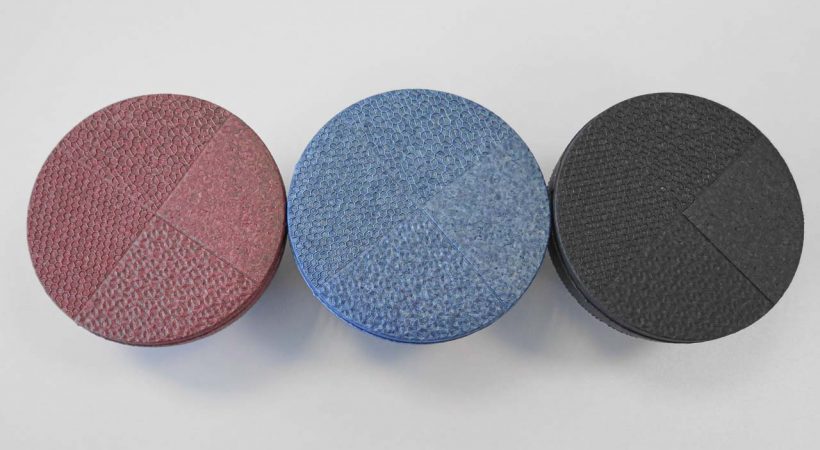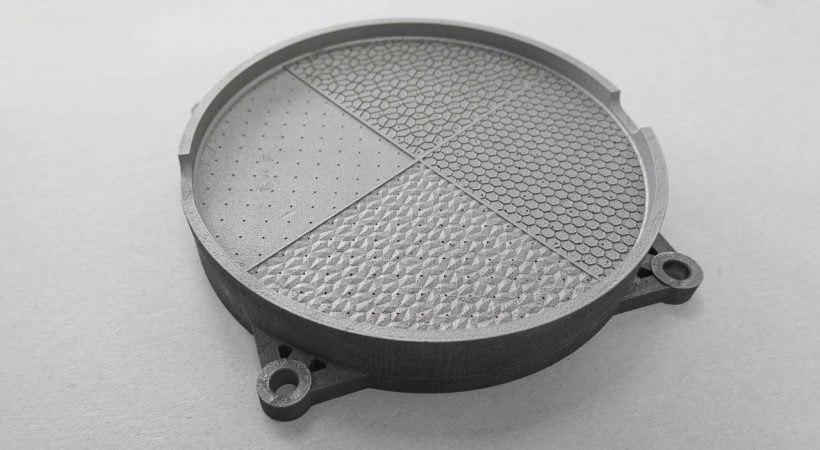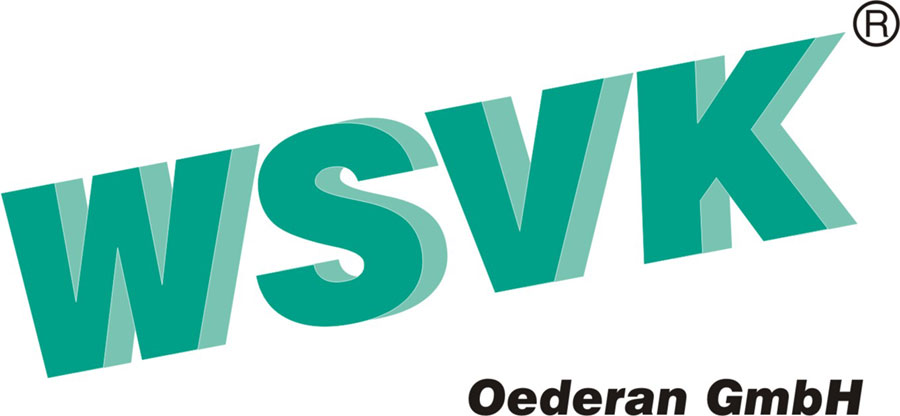The research project aimed to use additive manufacturing of metals to create completely new tool concepts. In compliance with scientific and technological requirements, it was possible to build a 3D-printed mould insert. Completely new geometries can be achieved by manufacturing the particle foam tool using laser melting instead of machining. In this way, the tool inserts can be designed and optimised for strength in a simulation, significantly reducing their mass. This also considerably minimises thermal capacity. The particularly thin cavity, with a wall thickness of around 1 mm, thus allows for shorter cycle times with lower energy consumption, which is mainly determined by the heating and cooling of the tool. The nozzle elements for steaming can also be designed in a simulative manner and freely positioned, allowing for a more even steaming of the manufactured items. In the end, various steps are omitted, since the manufacturing tolerances of additive manufacturing are sufficient for the application. And reworking is completely eliminated. The manufacturing costs remain constant even with increasing complexity, and the wear resistance of the inserts is increased enormously by using stainless steel instead of aluminium. Shiny spots during component production are prevented and damage from mechanical cleaning is avoided.





